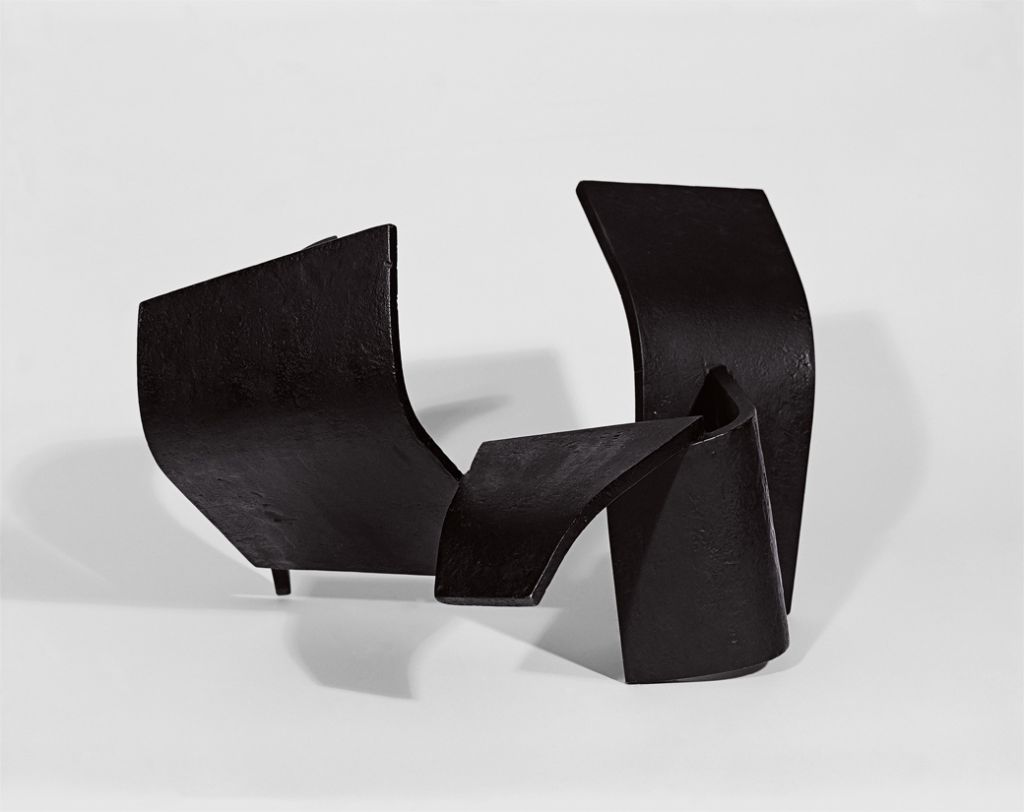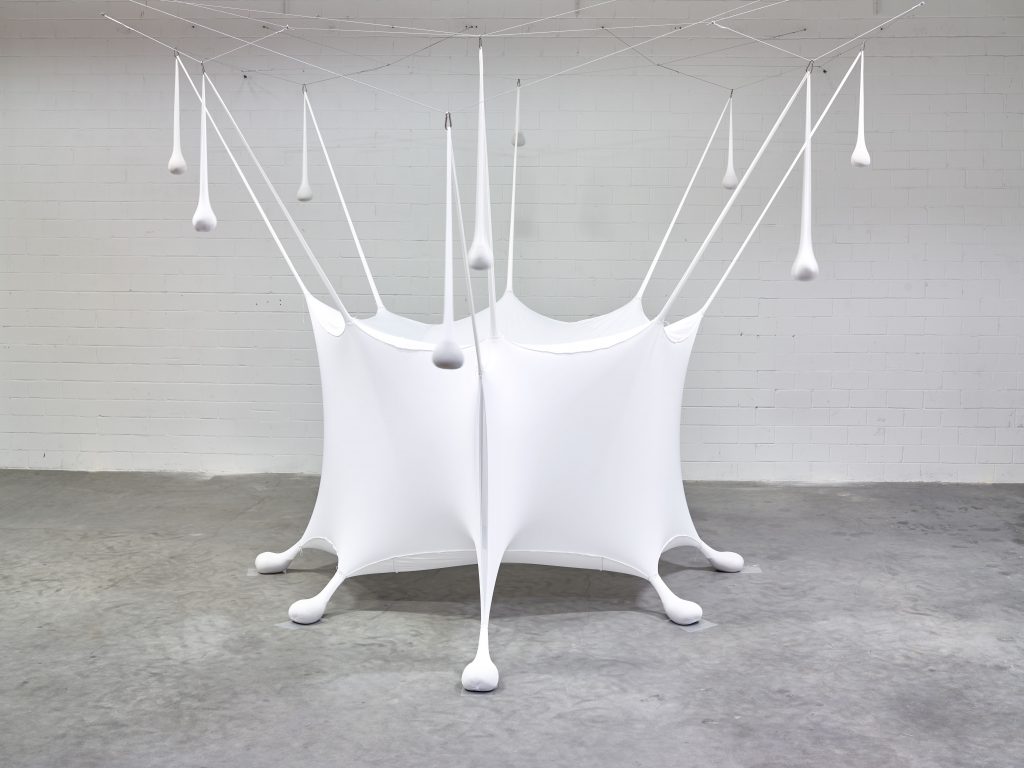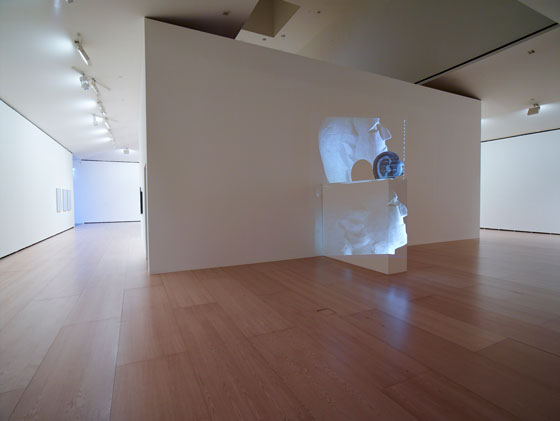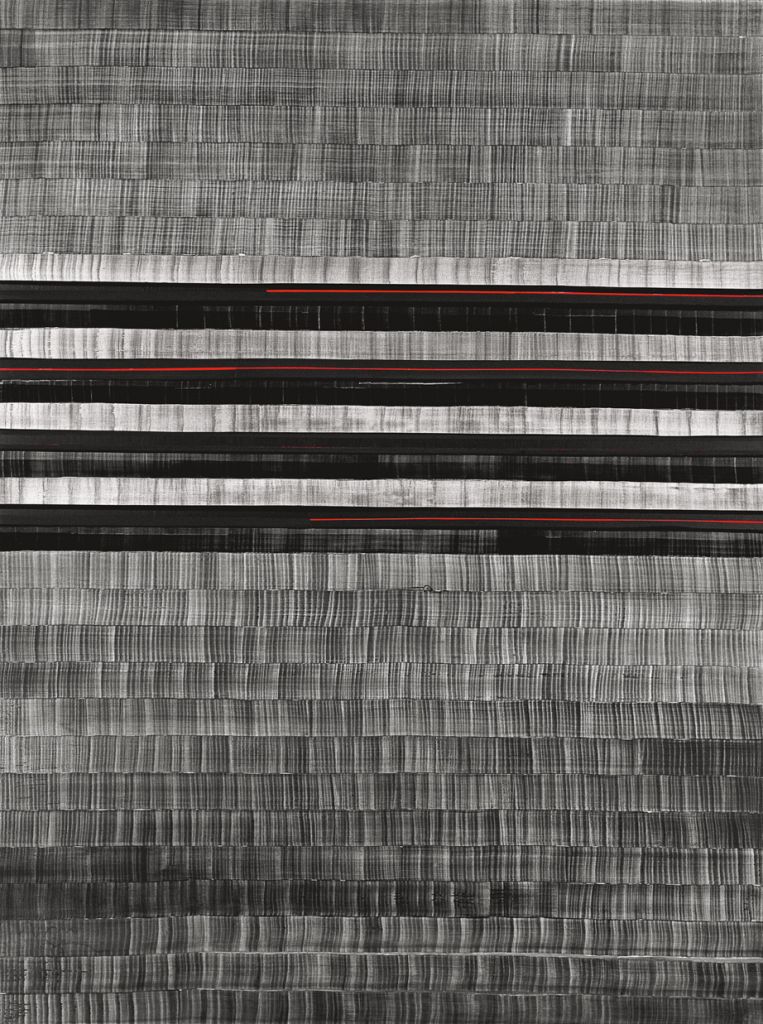Untitled #767
1996Acrylic on fabric on wooden panels211 X 347.5 X 6.3 cm
Irazabal gained recognition in the mid-1990s with two exhibitions in New York. This was a particularly fecund time for young artists to revisit pure abstraction as a historical language of dubious continuing viability. Irazabal's paintings revel in a Pop-like pure gestalt visuality that makes them feel instantaneous and immediate. In his deep understanding of the language of painting as the result of a long, particular, and peculiar history, Irazabal has encoded conceptual signs of many eras of painting history into his works. These markers go back to the lost masterworks of the ancient Greeks and reference many of the styles and ideologies that have characterized the medium of paint since.
Irazabal's primary medium is a very runny liquid polymer, to which he adds first a gel medium to make it lie somewhat thicker during application, and then tiny amounts of liquid pigment to make different colors with various degrees of translucency. Given the thickness of every layer of paint that he applies, he builds box edges around the painting to keep the medium from running off the surface. The edges are removed before exhibition to allow the sides to be seen. When Irazabal puts colors on top of one another, the effect on the eye is incredibly complex.
In the first years of exploring his process for layering colors, Irazabal kept the scale small out of necessity. It was more important to explore the different possibilities of his newly invented methodology for working than to try to make larger-scale statements. However, while working toward his second commercial gallery show in New York, in 1997, he did explore ways of increasing his scale. To create the work entitled, with scientific reserve, Untitled #767 (1996), he started with four panels, each of which is approximately human-scaled. The overall dimensions are heroic, and in its vast expanse and embrace of vivid red it can't help but echo Barnett Newman's Vir Heroicus Sublimis (1950–51). Although this was unintentional, Irazabal feels that viewers' comparison of the painting to Newman's masterpiece only adds to the experience of his work. The painting seems monochromatic, but the sides show thick, superimposed strata of transparent acrylic paint which, like sediments, discreetly reveal Irazabal's creative process to the viewer, as well as the origin of the deep, enigmatic light that shines in his paintings.
Original title
Untitled #767
Date
1996
Medium/Materials
Acrylic on fabric on wooden panels
Dimensions
211 X 347.5 X 6.3 cm
Credit line
Guggenheim Bilbao Museoa






